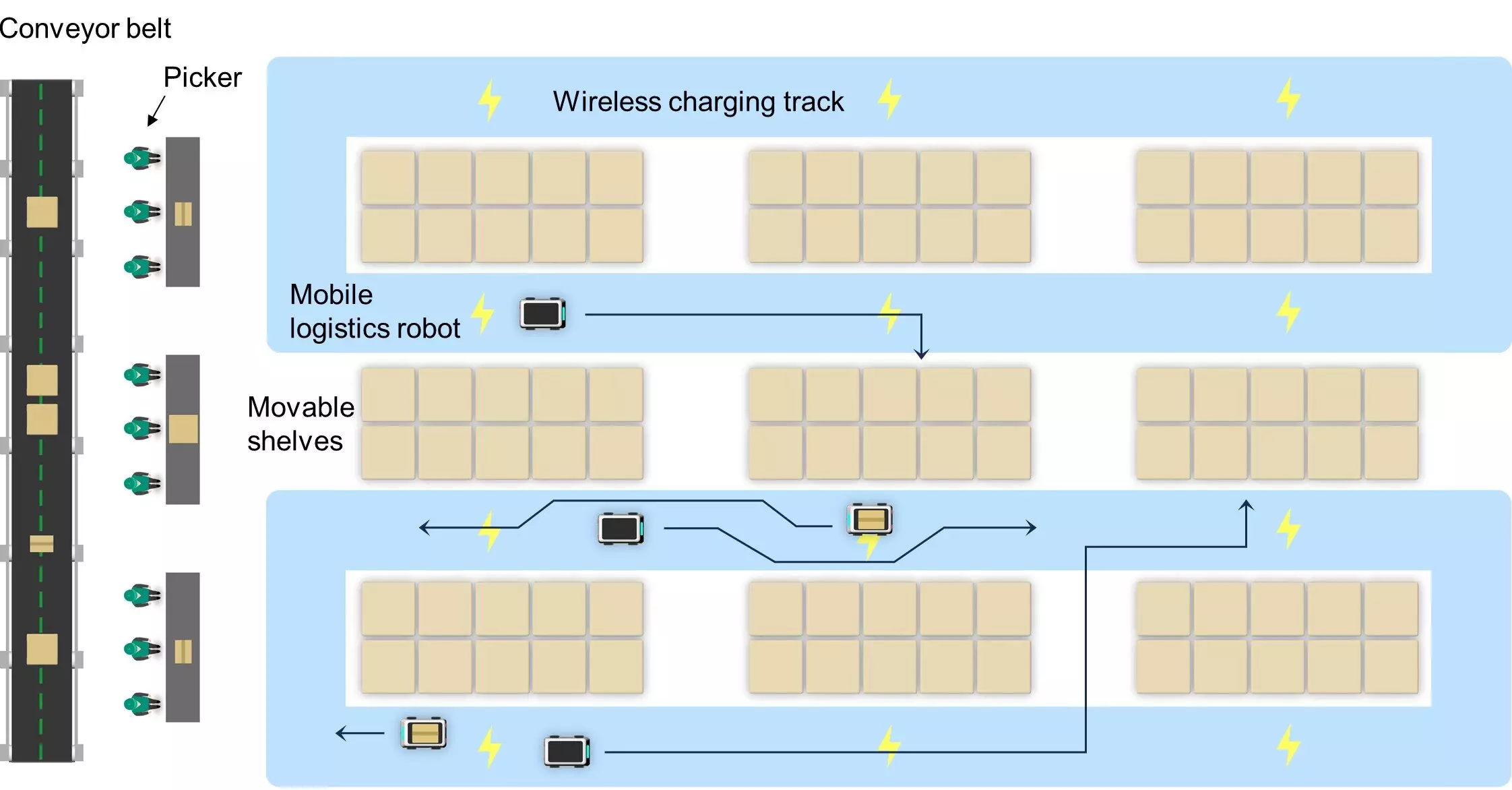The electric vehicle (EV) industry is rapidly evolving, and with it comes the urgent need for efficient charging solutions that alleviate the hassle of locating charging stations. A pioneering research team at UNIST, directed by Professor Franklin Bien from the Department of Electrical and Electronic Engineering, has introduced a groundbreaking wireless charging system that could transform how vehicles receive power while in motion. By eliminating the traditional need for physical connections, this advancement holds the potential to significantly enhance the experience of electric vehicle users.
Dynamic Power Delivery Mechanism
At the heart of this innovative wireless charging solution is a sophisticated track system that facilitates power delivery through a robust and expansive magnetic field. The technology operates without relying on costly ferromagnetic materials, which have typically posed challenges in prior implementations due to high expenses and durability issues. Instead, the system utilizes a network of wires to create a circular magnetic field powered by an electromagnetic generator. This dynamic setup allows electric vehicles to navigate seamlessly over charging tracks while providing the flexibility to move in multiple directions, including forward and backward.
A key advantage of this system lies in its design optimizations. The research team has developed algorithms that enhance the architecture of both the power supply tracks and the receivers within the vehicles. As a result, the energy transfer efficiency has shown remarkable improvement, achieving rates of up to 90%. This technological leap stands in stark contrast to previous systems that struggled with efficiency, requiring innovative measures to overcome the limitations posed by existing materials and designs.
Despite the immense promise of wireless charging technologies, safety concerns and practical application remain paramount. The UNIST research team has undertaken rigorous safety assessments, aligning their innovations with the stringent standards set by organizations like the Institute of Electrical and Electronics Engineers (IEEE) and the International Commission on Non-Ionizing Radiation Protection (ICNIRP). Such thorough evaluations are critical for ensuring the technology can be safely implemented in real-world environments, ultimately fostering trust among consumers and industry stakeholders alike.
Professor Bien points out that for electric vehicles to achieve true mobility, it is essential to move beyond traditional horizontal charging solutions. He notes, “Transportation, including electric vehicles, should be able to move flexibly not only in parallel but also vertically.” This vision underscores the ambition behind their research, which aims to redefine the landscape of electric vehicle infrastructure.
The advancements made by the UNIST team offer a glimpse into a future where electric vehicle charging becomes a seamless part of the driving experience. By overcoming existing obstacles, such as long charging times and limited driving ranges, the wireless power supply technology developed by Professor Bien and his team holds the potential to supercharge the adoption of electric vehicles. Should this technology be successfully integrated into mainstream transportation, it could usher in a new era of mobility, characterized by convenience, efficiency, and sustainability, ultimately driving further growth in the electric vehicle market.

